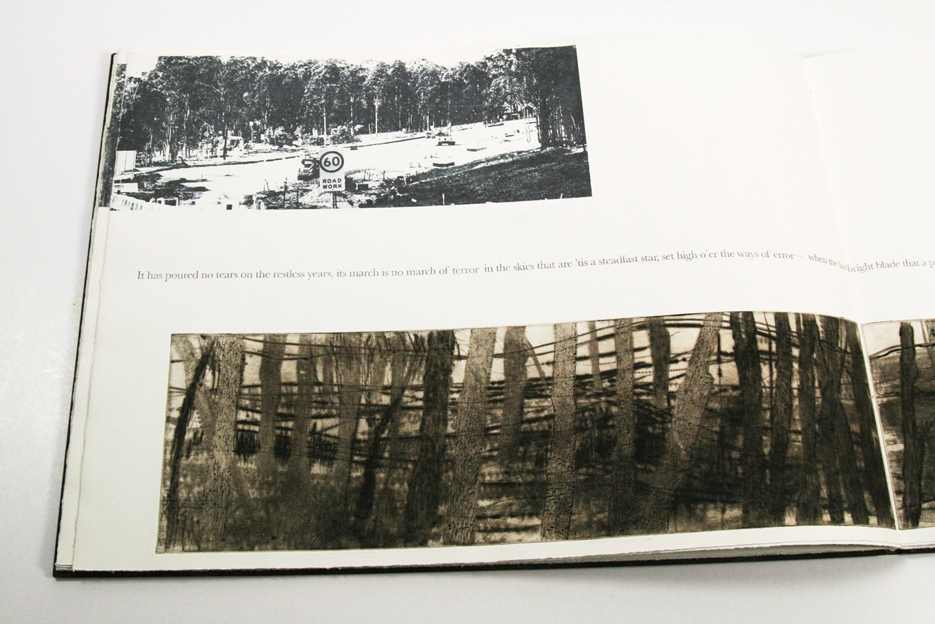Botanikos
2007
This book is a celebration of the importance of plants to life on Earth. Plants have been so successful that they can be found in almost every ecosystem on the planet. They are so common and so useful that we take them completely for granted. But it was the flourishing of the plants that transformed the atmosphere on the planet, which enabled an incredible environment and multitude of ecosystems to thrive. They are still crucial to sustaining it. This book acknowledges the plants.
This work includes a manifesto piece, It is Time in a separate booklet.


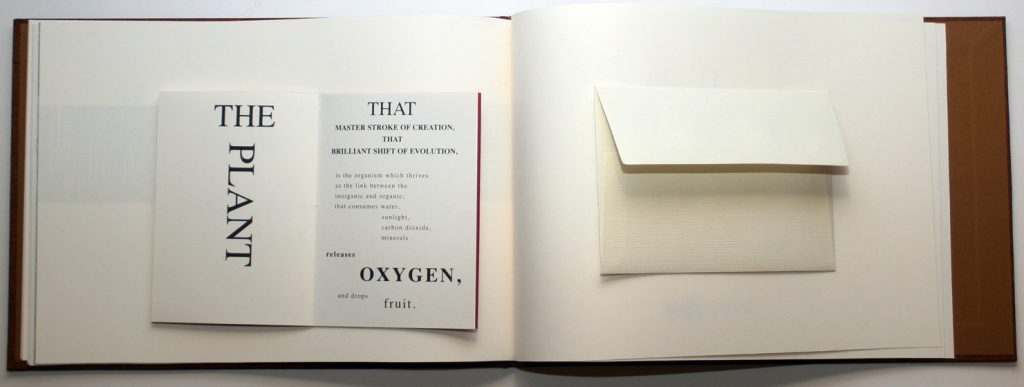
Mapping Summerfield (a landcare project)
2015 (ongoing)
“Summerfield” Lot 56, DP 755211, Local Government Area: Cessnock, Parish: Branxton. The closest township is North Rothbury. “Summerfield” formerly called “Georgia” when owned with Lot 55, 115 Tuckers Lane, is in the Lower Hunter Valley about 178 kilometres North of Sydney and 50 kilometres West of Newcastle.

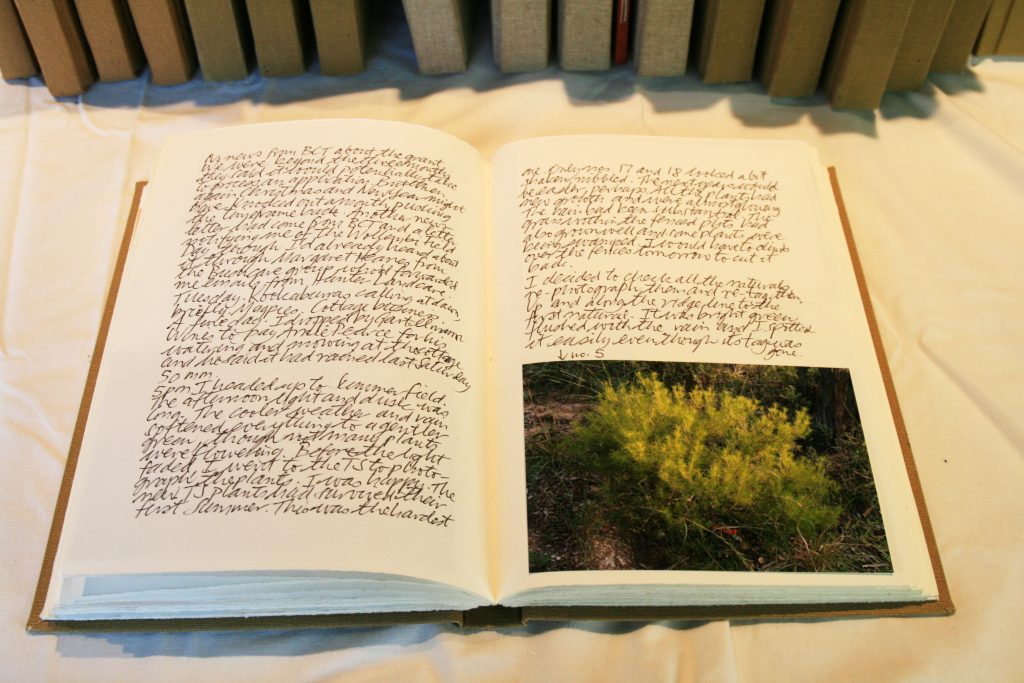

My intention in this work is to attempt a mapping of the land beyond the flat squares, maps. Key to the concept of a map is that it represents a place, but it is not place. Like words that try to represent things, actions, emotions, maps are always inadequate, there is always lots missing— the third and fourth dimensions that are the reality of the real.
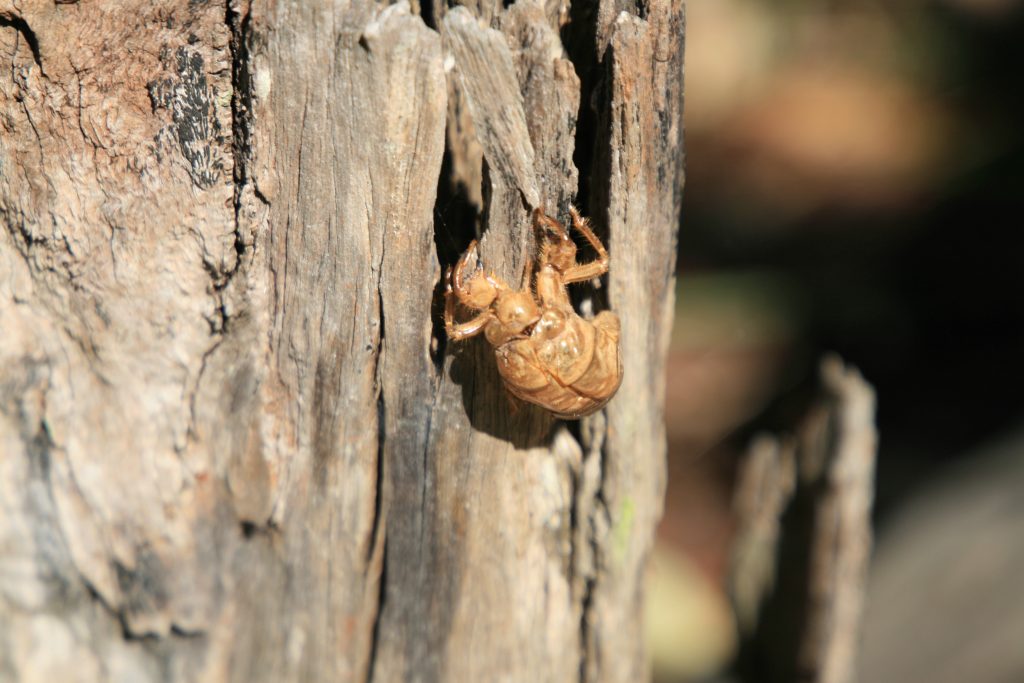
It is obvious because it is standard, but I realise consciously for the first time that maps are always taken from a bird’s eye view. In a way this is odd that place is abstracted in this way because we almost never see the land from this point of view. But also odd is that from a plane on a clear day with the land spread out down below it is hard to recognise where we are— to translate our experience of being on the ground to the landmarks seen from above on the ground seen below. If we flew all the time and viewed the world this way all the time we would get used to it but unless we are the pilot the view from the plane is actually not very useful.

The art of map reading is being able to translate this bird’s eye-view onto the ground view we are standing in, our every day view, so we then know where we are and which way we must go. But how would a map look if we tried to work the other way around and translate from the ground view, not into the bird’s eye view but onto the flat page, into the map book, to map place from place, to try to build in extra layers of information and meaning that exist in a place?

When I decided to not sell Lot 56, I looked into conservation and a long term commitment to the block of land and its biodiversity. I knew the existence of the P. pauciflora and other rare but locally endemic species such as Grevillea montana would make it qualify but not only that it was a chunk of the habitat in which these plants occur that would be crucial in importance. I knew already that the developer wanting to build a new town (Huntlee) to my north had had to set aside the block of land directly to my east as well as a much larger area west, across Wine Country Drive, for conservation. Since placing the block under conservation agreement I have found out that the blocks to my west and south west also are also under conservation so I’m part of a wildlife corridor.

The conservation agreement came into effect on 19 December 2010. Looking through the paperwork connected with the process I realise it took quite some time to get it set up with a response to my initial enquiries dated 21 February 2008. A conservation agreement can be put on part of a property so I kept one square hectare in the North-West corner of the block off the agreement. My main responsibility under the agreement is keeping the weeds under check— so called, bush regeneration but in this case the bush is regenerating of its own accord. The two weeds that I target are lantana and African olive, both because they grow into such big plants. I frown at the prickly pear too but to deal with that requires the complete removal of the plant–any piece/leaf can grow into a new plant. The prickly pear, true to its name is covered with thorns which penetrate any type of glove. The lantana is also prickly and can be a particular nuisance if it gets large and unruly. My approach to these exotics is accepting that they will never be eradicated, that they will always be appearing and that it’s just a matter of keeping them under control. It is very satisfying pulling out two to three dozen small lantana plants, knowing they have not got big enough to flower and drop a million seeds!!
Horizon
2014
In his 1947 book Australian Trees for Australian Planting, W.A.W de Beuzewille, a forest ecologist working for the Forestry Commision of NSW, argues for the planting of Australian native plants in towns. The massive clearing of the landscape, “improving the country”, has already resulted in erosion and desertification. In the passage I have selected he bemoans the lack of suitable camping spots along roads which once were common. He continues: “Alas! for the wayfarer who, above all, desires to dissociate himself from the busy haunts of men, and sojourn for a space amongst sylvan retreats—almost nothing remains accessible. Every pleasant wayside spot or running stream is barred from access by wire fences, and hemmed in by denuded, alienated lands.”

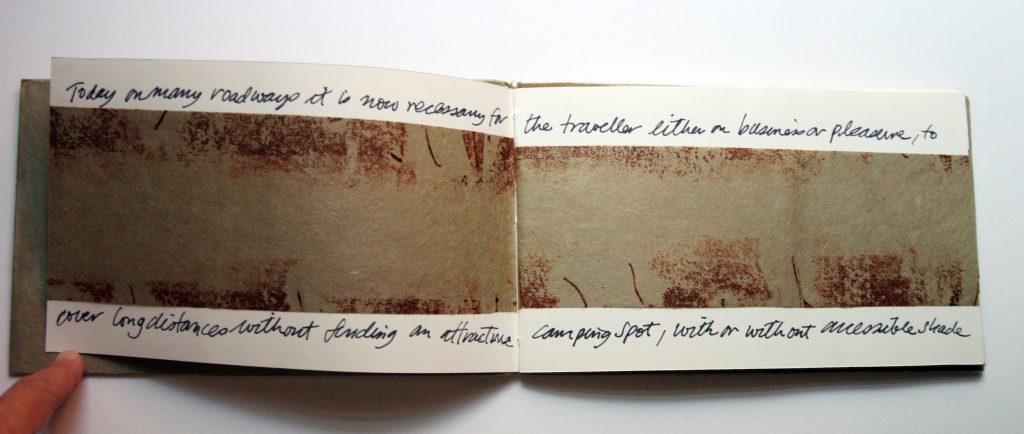
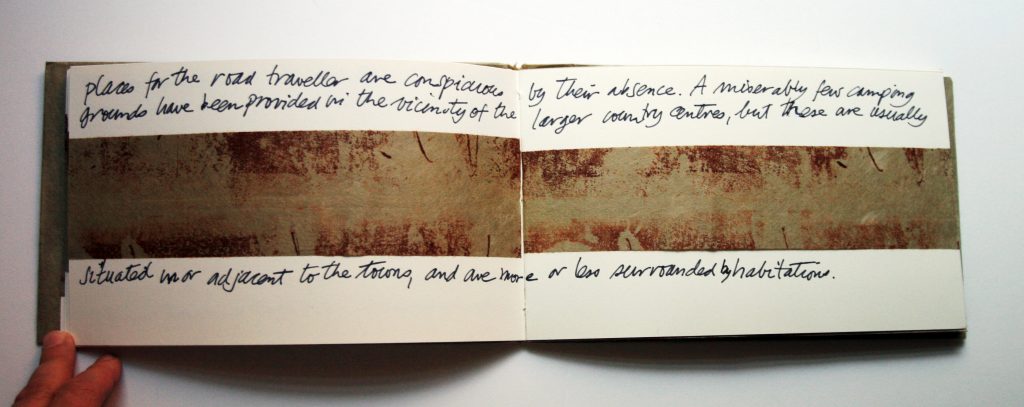
Do Not Lament (The Song of the Axe)
2018
Reading The Road to Botany Bay by Paul Carter I came across an extract from a poem, ‘The Song of the Axe’ by Marie Pitt. I sought out the full poem and was impressed by the joy Pitt expressed in chopping down trees and clearing the land! A key concept in the poem is the link between culture and cultivation– clearing awakens the slumbering land, which then can be cultivated and from the timber cities can be built. Implied is with the cities comes culture.
Since 1925, when the poem was published in Melbourne, extreme land clearing has been recognised by ecologists as an environmental disaster. Yet broad scale clearing continues. Pioneering Australia’s relationship with the land was defined by clearing it, and this attitude still underpins modern Australia’s relationship with the land but devoid of any noble intentions, just for making money. In some sectors there is almost a wilful blindness to the biodiversity and ecological significance of the “bush”.
A high percentage of bushland along the Australian east coast is regrowth forest. Regrowth forest has a particular look with many smaller trees growing closer together. I own a block of land in the Lower Hunter Valley. My block has this characteristic yet it cannot have been severely damaged because I have recorded a high level of plant biodiversity particularly in the understory which is very susceptible to be wiped out. I have put this woodland block under Conservation Agreement because of the endangered species and the threatened ecological communities that have survived on it.
In the series of 10 drypoint images I wanted to plot this regrowth, from cleared land to forested. The book culminates in a main fold out image not of a fully restored forest but a compromised landscape, fragmented and subdivided. That is what the landscape is like in the Lower Hunter Valley. The grid references the 1: 25000 topographically maps on which, aside from roads, tracks, houses, waterways and dams etc., the lots are marked out and numbered.
Less than half a kilometre away from my block a new town is being built. The company building this town was required to fund the conversation of a local critically endangered plant and put aside a couple of 100 hectares as an offset. Ironically, the success of the conservation effort allows them to clear. The series photos included in the work are of 2 sites they have cleared and a new road being built. Yet you can still see trees.
In my text Do Not Lament, I wanted to respond to Pitt’s poem. My text stands at cross purpose to hers, it stands like a forest. It is a lament and in it I witness the falling of trees and, like in hers, acknowledge the appearance of cultivated land and cities on the space that is cleared. I am torn between the urban and the natural. Unlike Pitt’s clarity and sureness, I feel wounded by our actions that are absent of sensitivity and any noble intentions.


